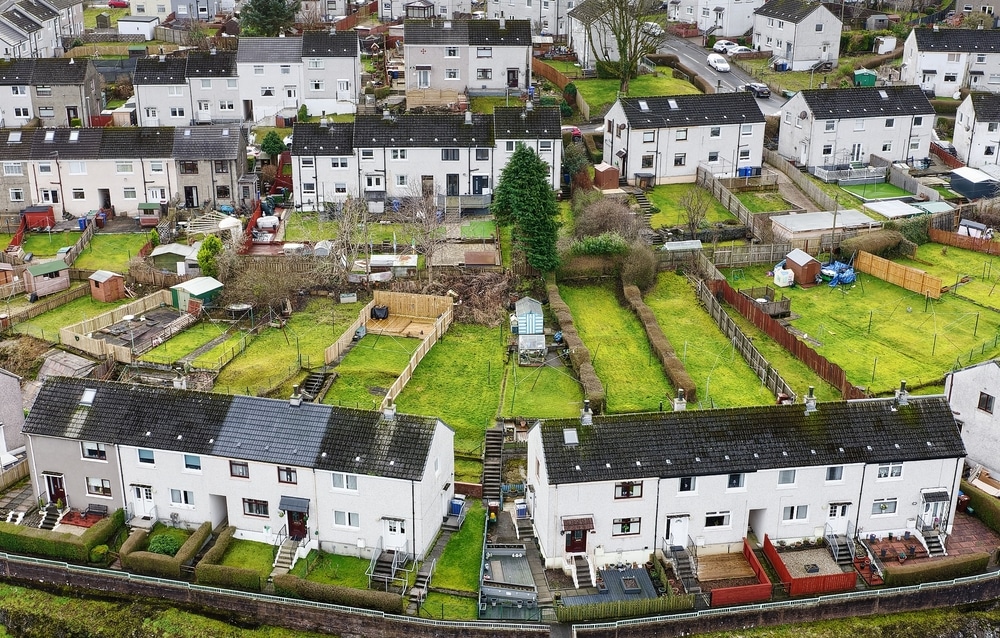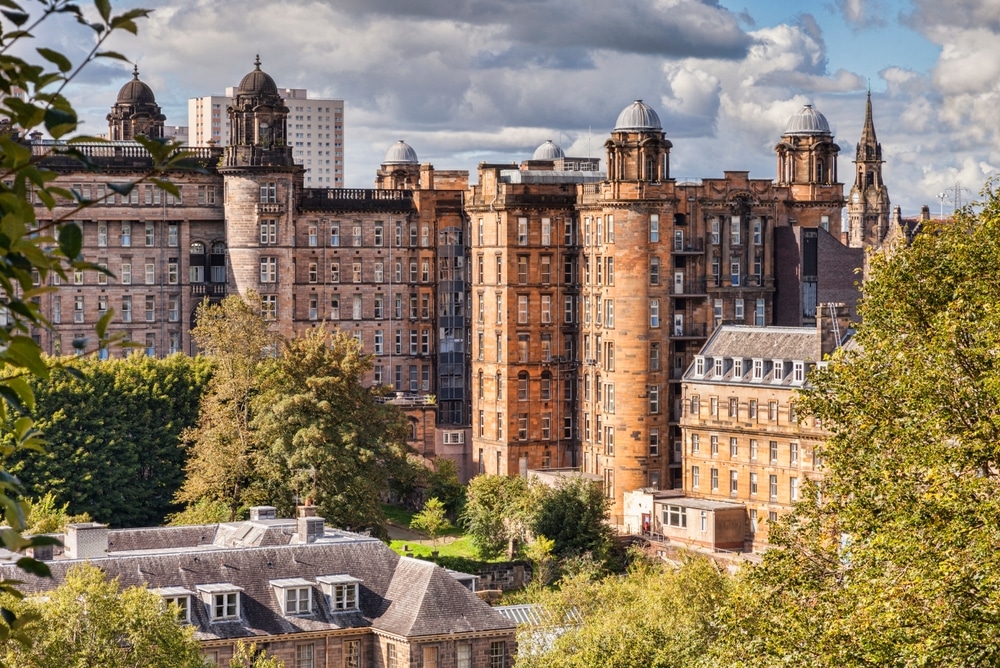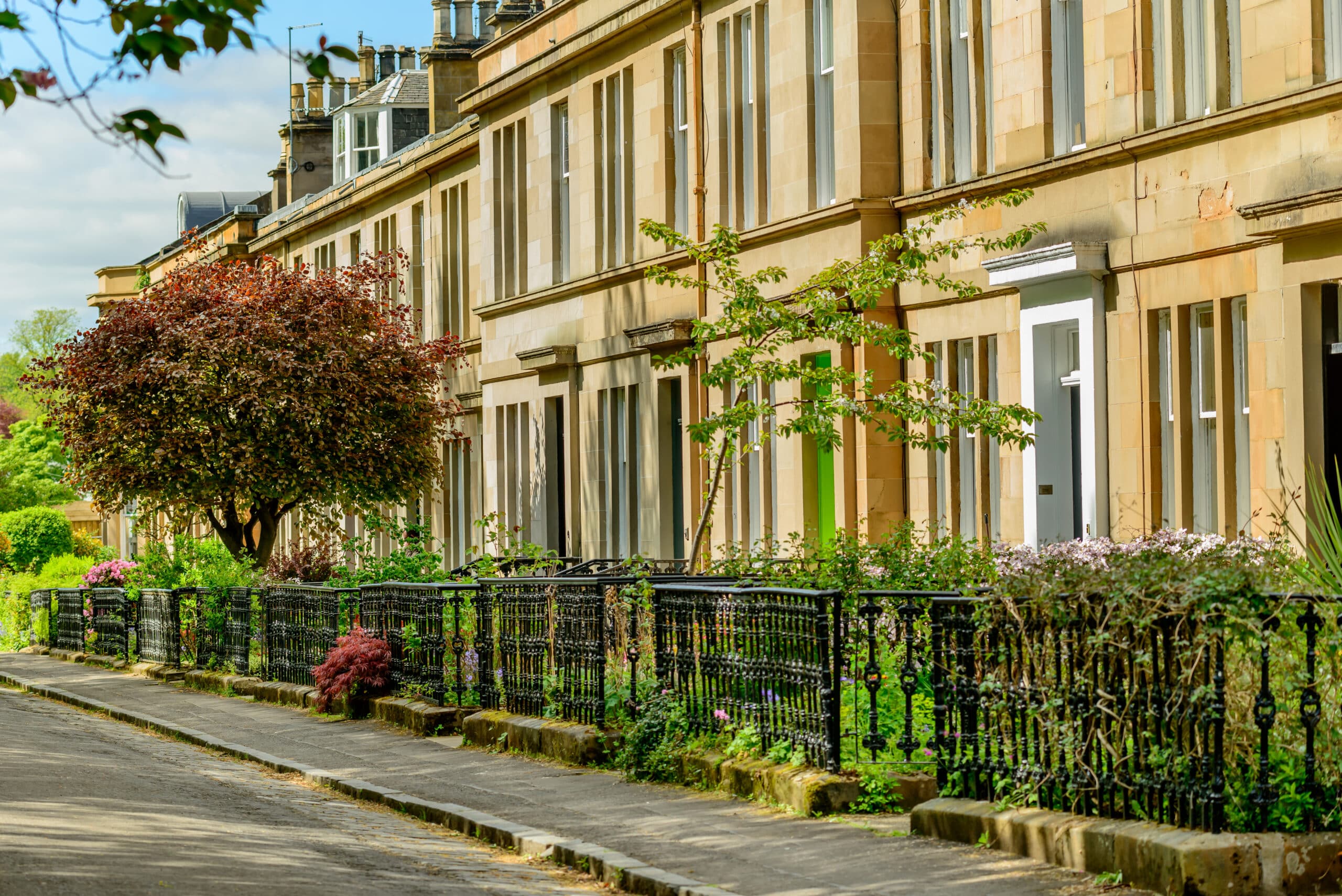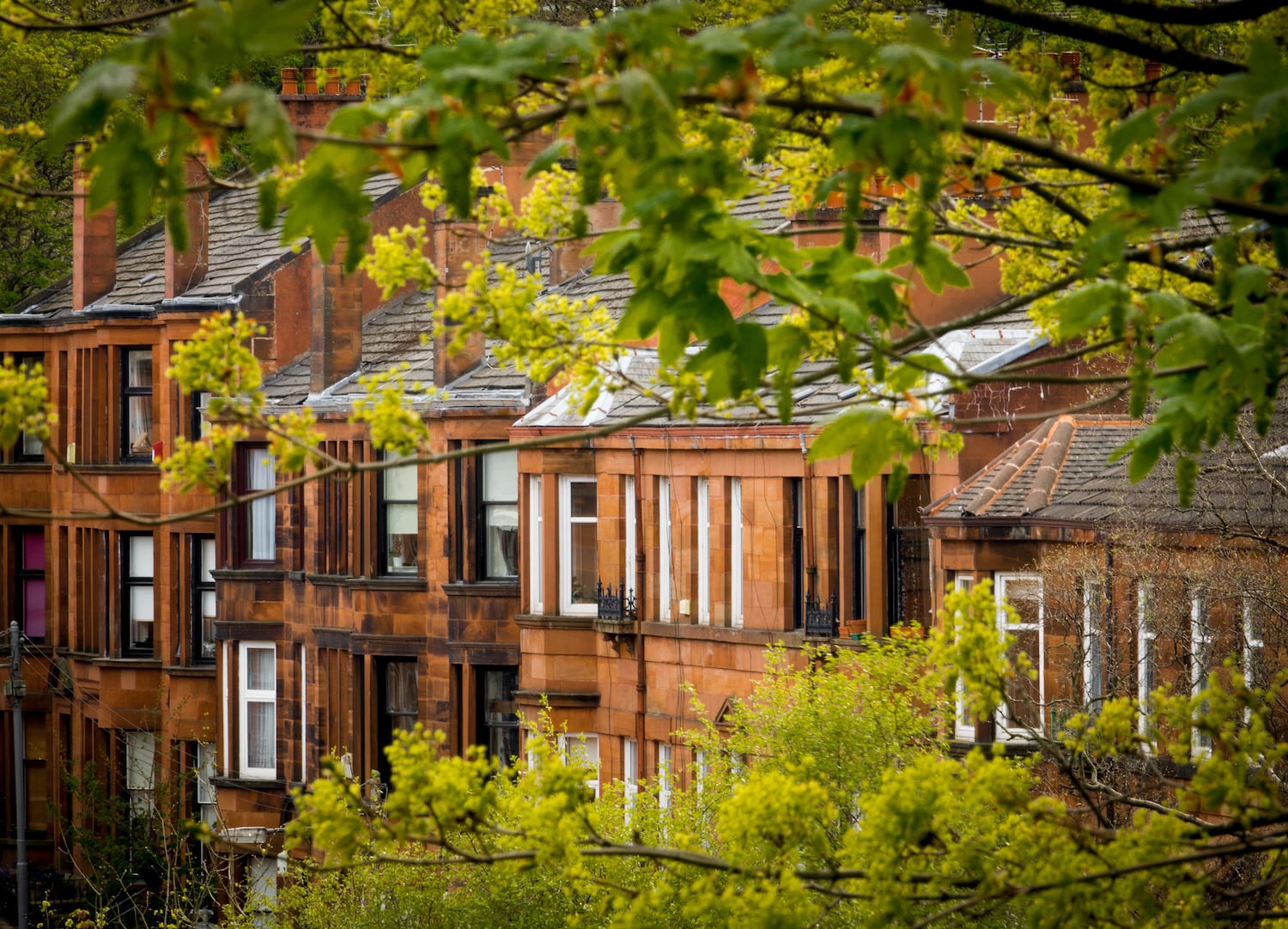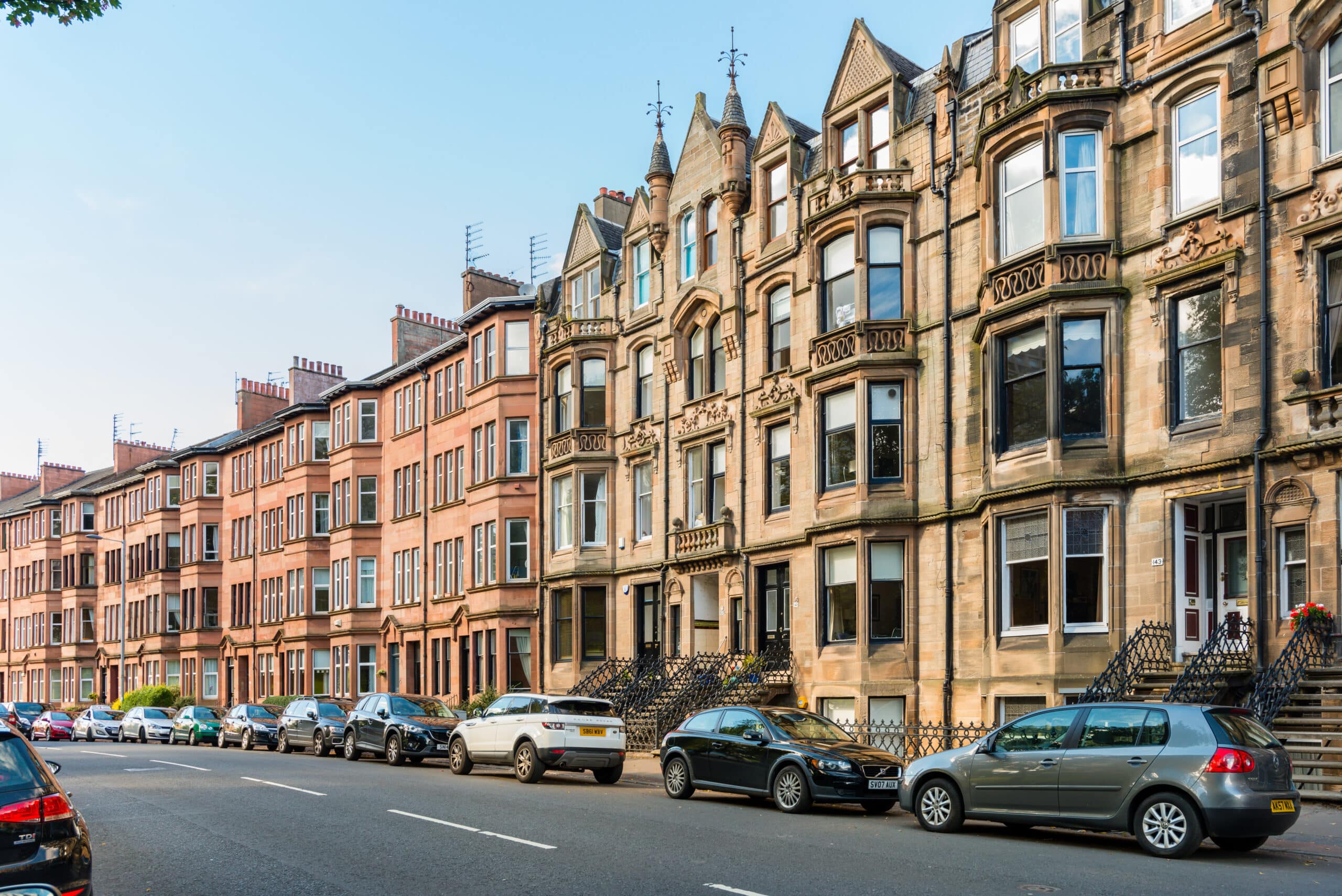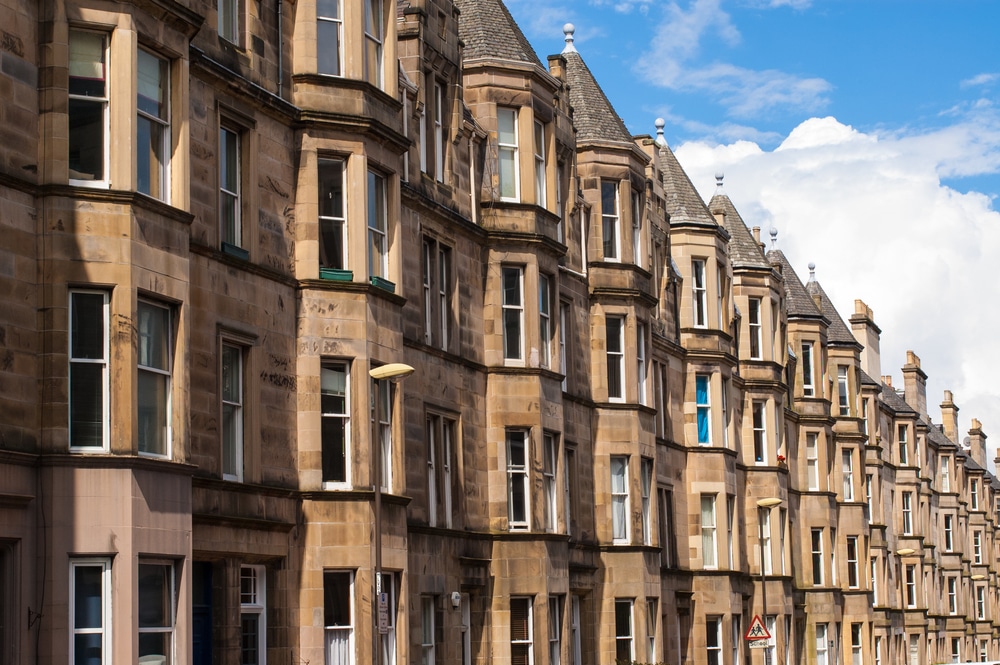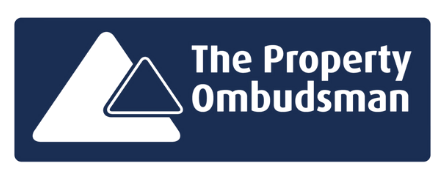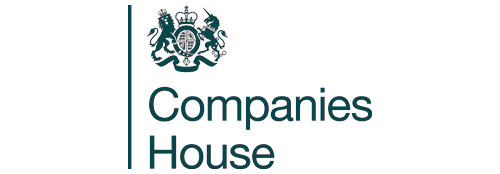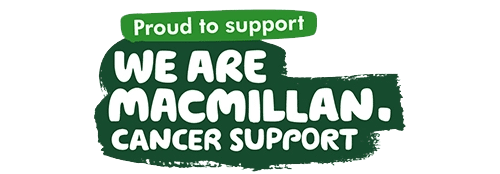For one reason or another, at some point in life, some people are forced to go through the process of having their house repossessed. In 2022 alone, the number of initiated cases in Scotland for house repossession was 1,187, 1,158 of which were for residential properties.
If you or someone you know is facing repossession in Glasgow, read this article until the very end. Today, we’ll go over how many payments you need to miss to have your property repossessed, the process of house repossession, and how you can stop it. But before we do any of that, let’s first take a look at what happens when your house is repossessed.
What Happens When Your House Is Repossessed?
If your house is repossessed, as the rightful owner of the property, you still have some responsibilities until it is sold. You are still liable for paying council tax, insurance, and for any necessary repairs and maintenance. That said, you don’t need to pay for your mortgage following the repossession.
Once the property is sold, the lender will recover all the money due to them. In the unfortunate circumstance where the value of your property doesn’t cover the entire amount, you will have to cover the remaining amount. Such a situation is called a mortgage shortfall; fortunately, it’s quite rare.
How Many Payments Do You Need to Miss to Have Your House Repossessed in Scotland?
That would depend on your mortgage agreement and the lender’s policies. With some, it can take as little as one payment for the repossession process to begin, while others may take a few consecutive missed payments for them to start taking action.
Whatever the case might be, if you anticipate that you won’t be able to cover a payment, it’s best to get in touch with your lender as soon as possible. That way, you can let them know about the fact that you can’t cover an upcoming payment, allowing both you and your lender to work something out until things stabilise.
The Process of House Repossession in Glasgow
The process of having your property repossessed will be done in accordance with Scottish law. And although the process may differ from case to case, generally speaking, the repossession process is relatively similar and it goes something like this:
Missed Payments
The only real way you can get your house repossessed by the lender is if you breach your agreement and start missing payments. The number of payments you need to miss in order for the repossession process to begin will vary depending on your agreement with the lender and their policies. With some, it can be just one missed payment, while with others, it can be a few consecutive payments.
Contact From Lender
If you have missed one or multiple payments, you will hear from your lender to discuss the situation and find a solution. During this time, they may offer you temporary payment agreements until your income stabilises.
Arrears Letter
If you fail to reach an agreement with the lender or continue to miss payments, they will send you an arrears letter. This letter will outline exactly how much you owe the lender and when you need to pay the money.
Pre-Action Protocol
If you fail to meet the requirements set out in the arrears letter, the lender will begin the pre-action protocol. This is a protocol all lenders in Scotland must follow before initiating a repossession.
Court Application for Repossession
If no solution is found up to this point, the lender can apply to the court for a repossession order. The case will be reviewed in front of a judge, who will decide whether the repossession order should be granted to the lender or not.
Repossession Order
If the court grants the lender a repossession order, the lender will give you a notice period during which you need to leave the property. The notice period in Scotland can vary, but it’s usually quite reasonable so that you have time to find an alternative accommodation.
Eviction
If you don’t evict the property by the set date, the lender can go back to the court and seek an eviction order. If granted, the local police will be involved, who will carry out the eviction so the lender can begin the process of selling the property.
How Do I Stop Repossession in Scotland?
If you’re at the risk of repossession, there are quite a few steps that you can take to prevent it. To give you a better idea of what you can do, we’ll outline each step in more detail below.
Contact Your Lender
If you suspect that you may or you know that you’ll miss a payment on your mortgage, contact your lender immediately. You should never ignore such a situation and hope that nothing happens. The sooner you get in touch with your lender, the better, and the more likely you are to come to a reasonable solution that suits both parties.
Seek Financial Advice
If you are not great with budgeting, we recommend seeking financial advice, regardless of what your level of income looks like. A large portion of the population isn’t great at managing their money, and with the help of a finance professional, you will create a plan of action that will get you back on track.
Get Legal Assistance
If you know that your property is at the risk of being repossessed, it’s worth getting some legal advice. That way, you’ll have an expert by your side who will help you navigate through the situation and make the best possible decisions.
Seek Government Assistance
If all else fails, you can try and seek assistance from the government or your local council. The help they provide can range from free legal advice to low or no interest loan that will help you cover your missed payments.
Property repossession is an unfortunate situation that some people have to go through. And while it can be extremely unpleasant to deal with, there are steps that you can take to prevent the repossession of your property. Hopefully, after reading this article, we’ve shed some light and given you a sense of direction that you can take during this difficult time.
If you don’t think you’ll be able to cover your upcoming payments, rather than have your property repossessed, you can try and sell it to cash house buyers. They can buy the property from you quickly and for what it’s worth so you can pay the debt to the bank and decide on what you want to do with your leftover money.

